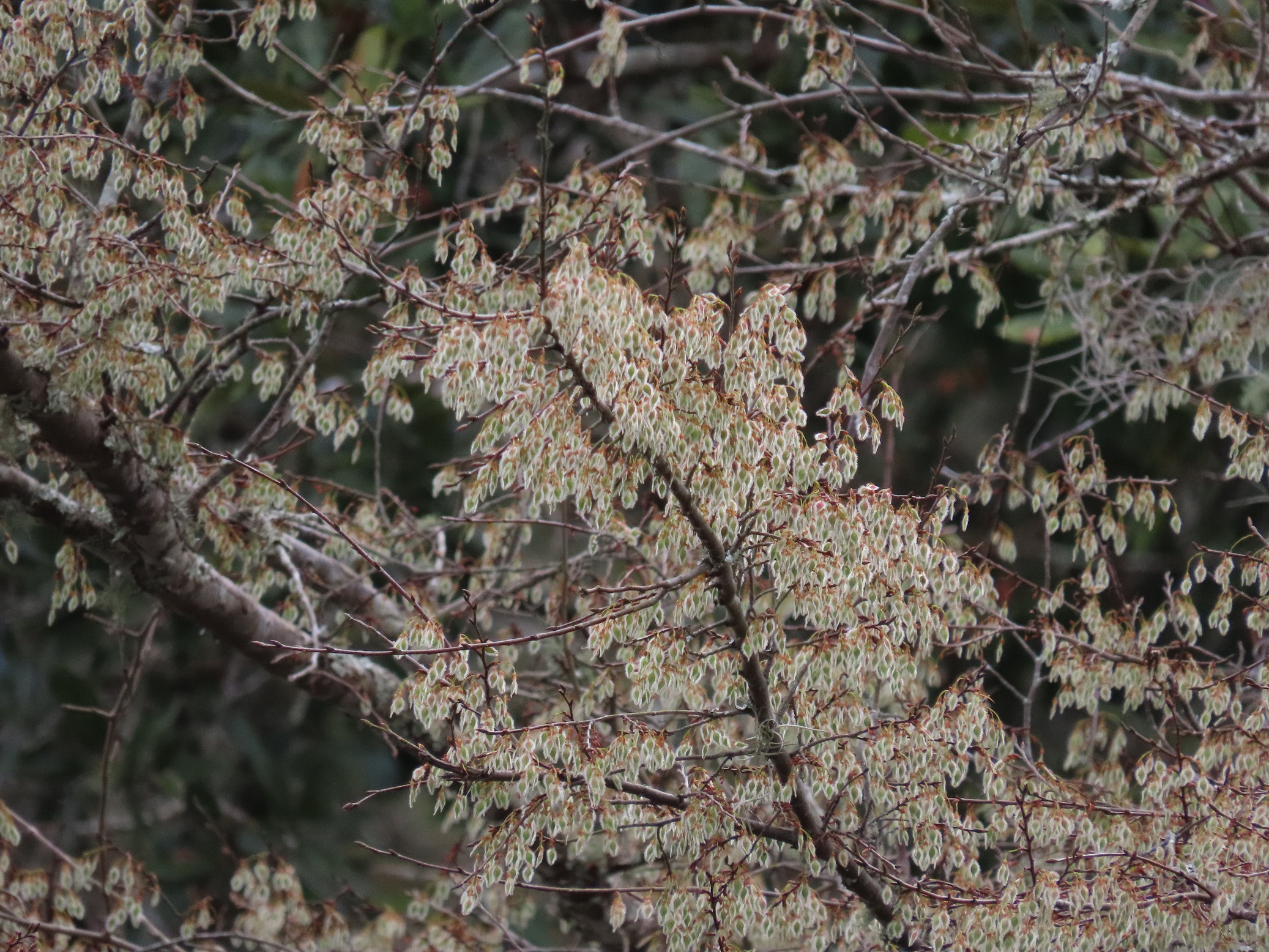
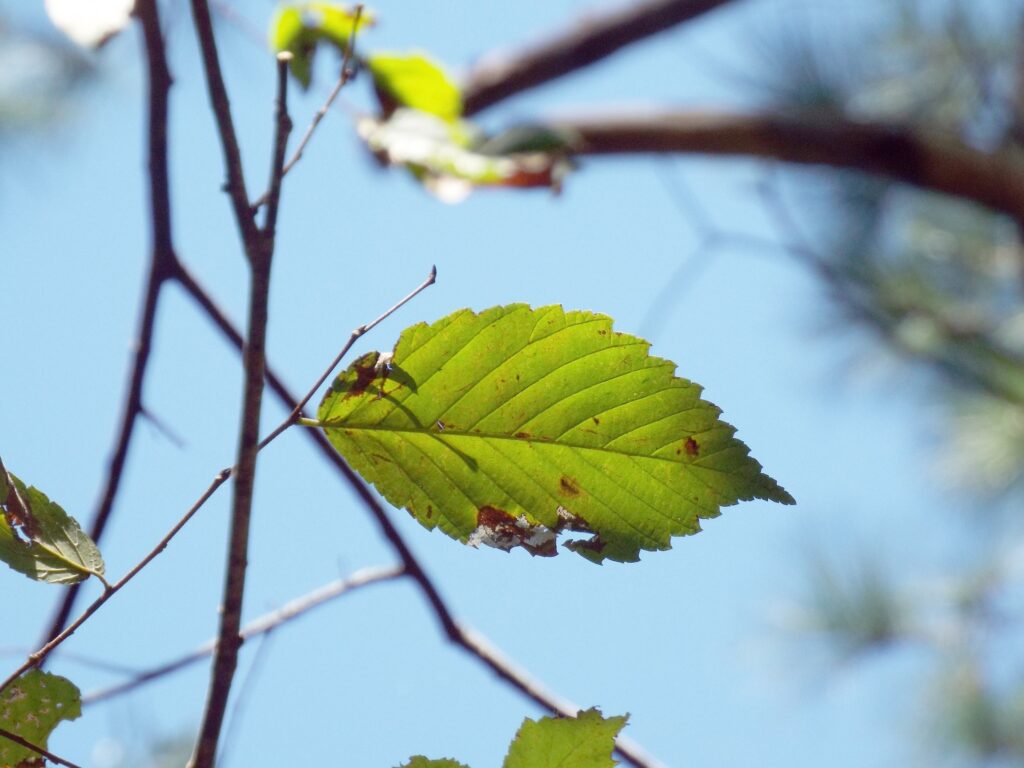
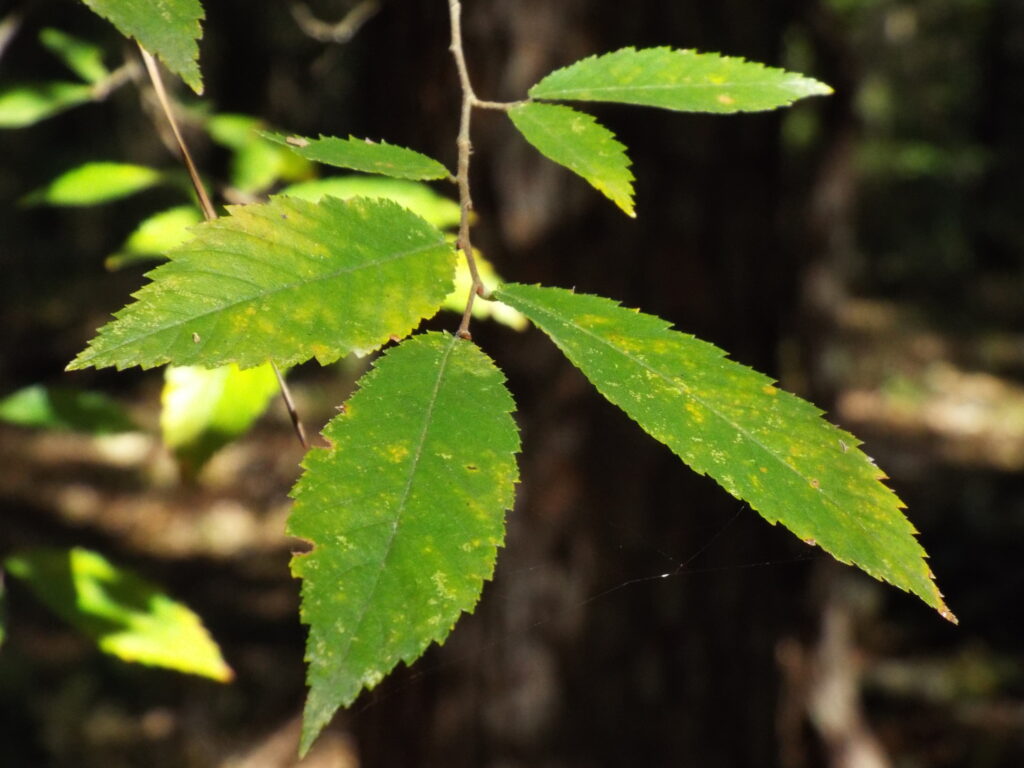
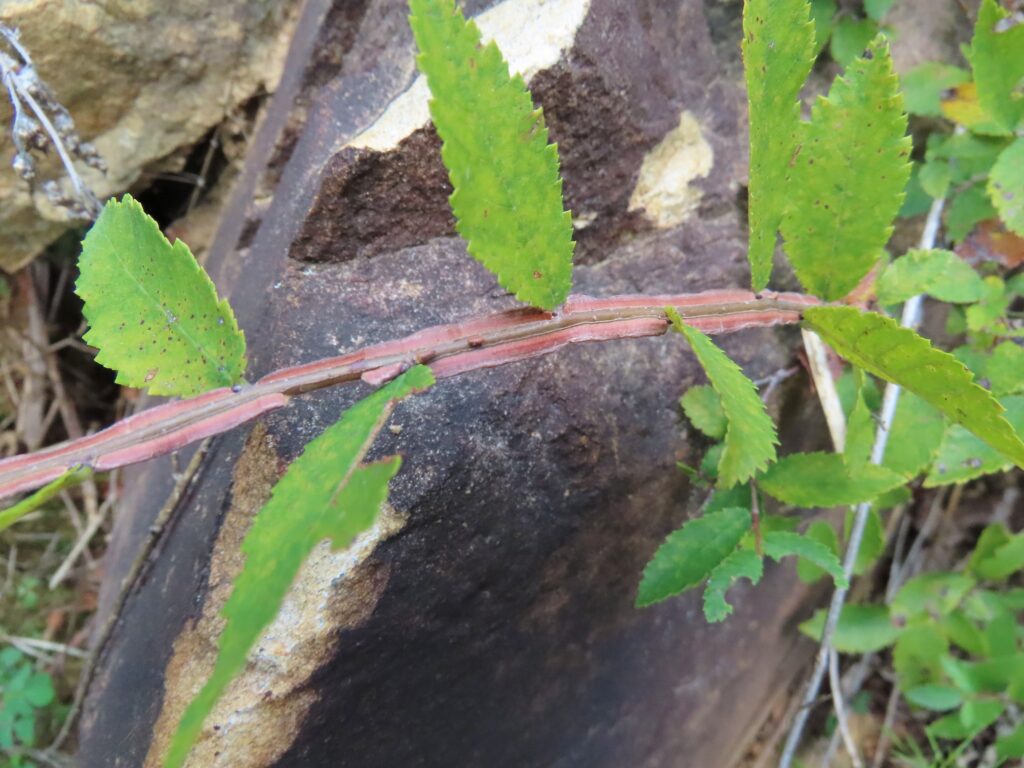
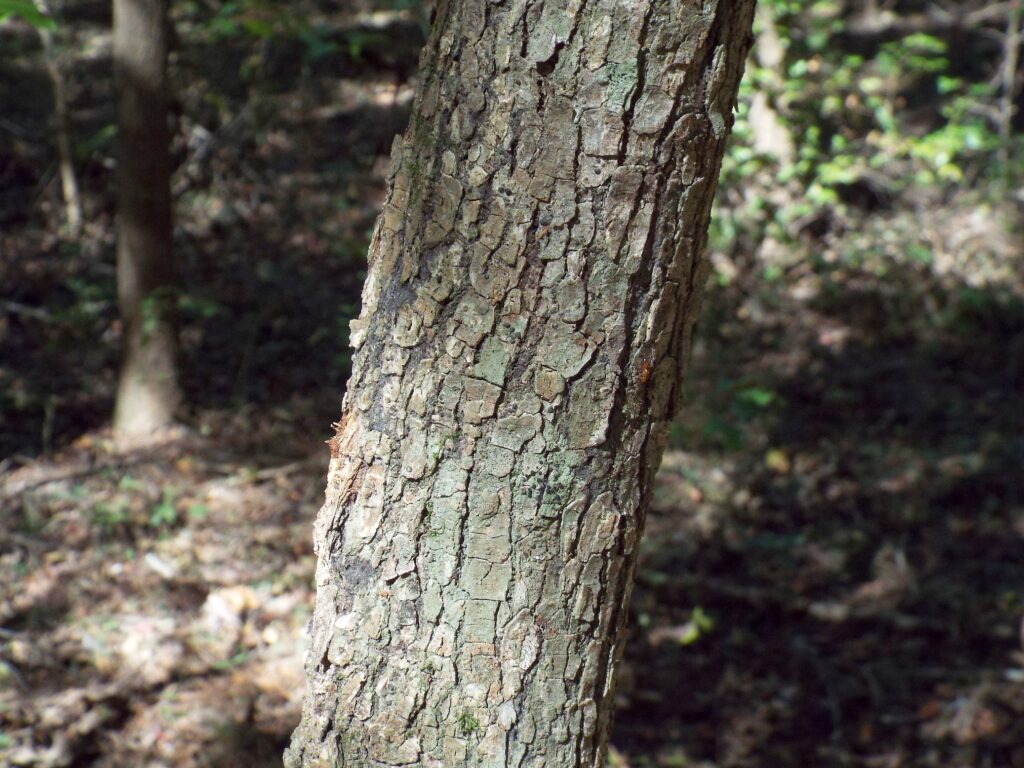
This week for Flora and Fauna Friday we’re simply going to be learning about our Elms, genus Ulmus.
Here on Edisto Island we have two native species of Elm, American Elm (U. americana) and Winged Elm (U. alata), and one exotic, Chinese Elm (U. parvifolia). All our Elms share a couple common characteristics. Elm trees tend to be about as wide as they are tall and, here in South Carolina, they maintain a compact height, usually not exceeding 50ft. All three of these elms also have a simple, elliptical leaf with prominently serrated margins and an alternate arrangement. The fruit of the tree is a dry winged seed called a samara. These samaras are compose of a single seed surrounded by a circular wing that catches the wind as the seed falls from the tree. To distinguish them by species, Chinese Elm is purely an ornamental exotic. It’s very common nowadays in urban parks, parking lots, and road islands but shows no characteristics of an invasive species in South Carolina. It has a very compact growth here in the Lowcountry, holds it small dark-green leaves throughout winter but sheds them in spring, and sports a beautiful calico bark of reds, grays, and yellows. Winged Elm is probably the easiest to spot. Its twigs, and the trunks of saplings, are flanked by broad, thin, corky wings of bark. Its leaves are small compared to American Elm. It is a fairly slow growing tree that demands full-sun and is most often found on field edges, clear-cuts, and stream banks. American Elm is the largest of the three by far, with a wide trunk covered in shaggy gray bark and a broad crown. Its leaves are roughly two to three inches in length and have the interesting characteristic of being asymmetrical at the base, with one side slightly longer. It prefers to grow along ditch edges, floodplains, and other rich, moist soils.
American Elm was once a massively popular landscape plant throughout the Eastern United States. However, the introduction of Dutch Elm Disease in the late 1920s caused a mass die-off of Elm trees across the country. Dutch Elm Disease is a fungal pathogen spread by beetles when they lay their eggs on Elm trees. The most prominent symptom is the death of upper limbs of the tree, eventually spiraling into the entire crown dying. Nowadays, very few Elm trees reach maturity before succumbing to the disease, leading to their relative rarity in modern forests. The American Elm was by far the hardest hit. The Winged Elm is also highly susceptible but its southeastern range is not as conducive to the spread of the disease. The ornamental Chinese Elm is highly resistant but still susceptible.